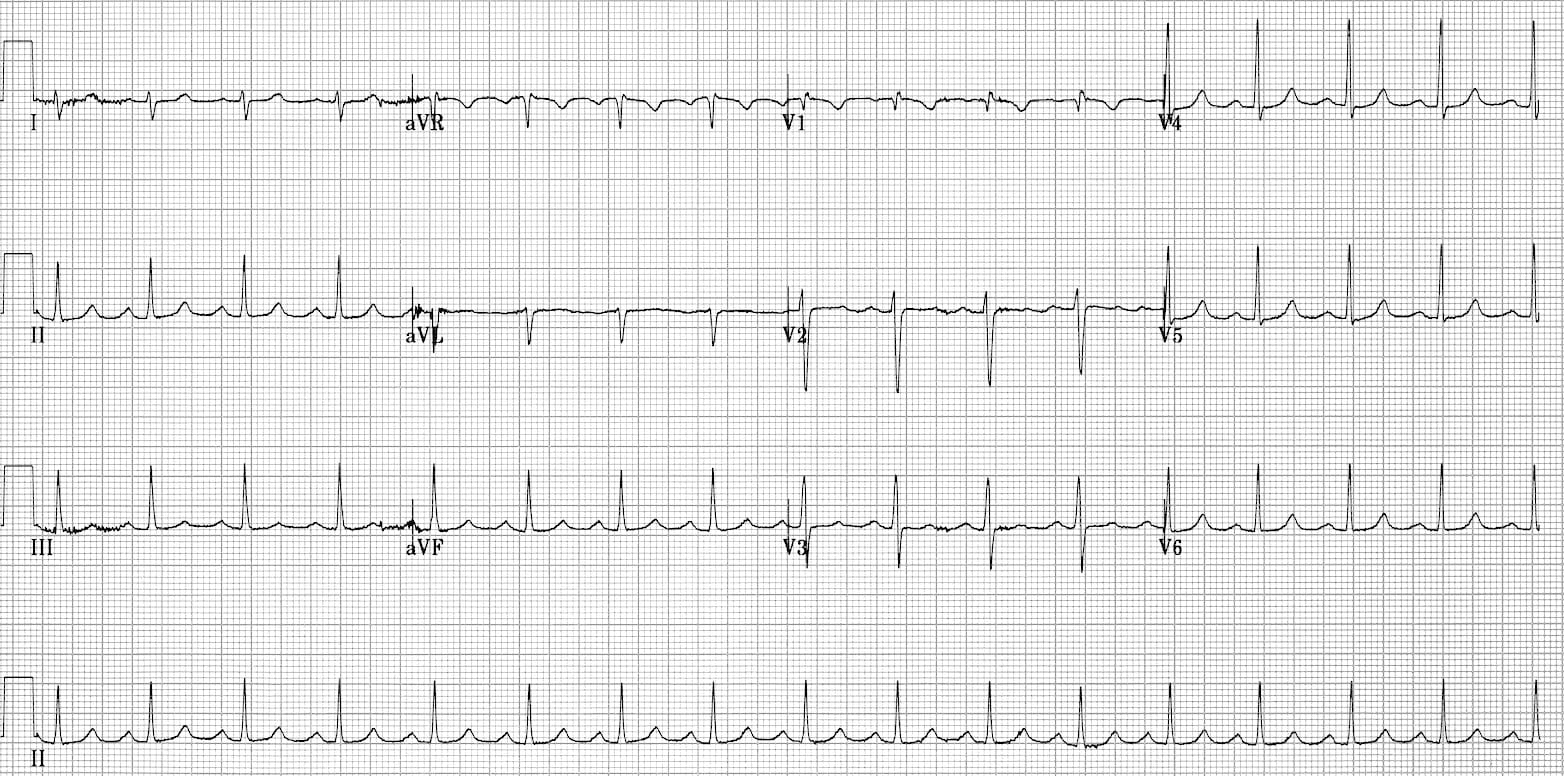

Las arritmias supraventriculares son un conjunto de taquicardias o arritmias rápidas, en las que alguna de las estructuras localizadas por encima del haz de His es esencial para su inicio y mantenimiento. In addition, these findings suggest that ECG analysis of wide QRS complex tachycardias in patients This finding suggests a limited applicability of many of the morphological VT criteria in this subset of patients in case they develop wide QRS complex tachycardia. Thus, VT criteria based on morphological analysis have low specificity. In patients with fixed BBB, RAP may provoke changes in QRS morphology and, in a substantial proportion of cases, some of the morphological VT criteria are present. Rate affects specificity of these criteria as demonstrated by (1) trends for lower Conclusions The most important observation of the present study is that when patients with BBB in sinus rhythm are studied at high rates (atrial pacing), the specificity of the described morphological ECG VT criteria is lower than those previously reported for patients without IVCD: only 10 of the 20 criteria had a specificity of ≥0.90, suggesting a limited applicability of many of these criteria in case they develop SVT. QRS configuration changes during RAP occurred in 50 (73%) patients in 23 patients, these were major changes. Atropine was used in 5 subjects (7%) with a Wenckebach CL of >500 ms to improve AV conduction. Thirty-two (46%) patients had right BBB morphology and 37 (54%) had left BBB morphology. Clinical and electrophysiological data for all patients are detailed in Table 1. Our population consisted of 49 men and 20 women (mean age 65 ± 17 years). The study protocol was approved by the institutional review board of our center, and all patients were given written informed consent before inclusion. Second, we used the criteria with a specificity of ≥0.9 in a “test sample” of patients with preexisting BBB and wide complex tachycardia to confirm their validity and to identify those with the best accuracy. In addition, since several new morphological criteria have been described after our original research, 3 we evaluated the specificity of these new criteria during sinus rhythm in patients with IVCD. First, the tracings of our previous study in which we “simulated” SVT at various rates of RAP in patients with preexisting IVCD 4 were analyzed, searching for morphological criteria described favoring VT, in order to evaluate the specificity of morphological ECG criteria for the differential diagnosis of wide QRS complex tachycardia at high rates in this patient population. In the present study, to determine the morphological ECG criteria with the best specificity for the differential diagnosis of wide QRS complex tachycardia, we prospectively included 2 different sets of patients. 1 Thus, it was an open question whether the changes in QRS morphology during higher rates might translate into changes in specificity of the described morphological criteria. 1 Nevertheless, we recently reported that in patients with organic BBB, changes in QRS morphology can appear during rapid atrial pacing (RAP) and SVT. To overcome this, 1 study evaluated the specificity of those criteria in sinus rhythm in patients with preexisting BBB, expecting QRS morphological configuration during SVT to be identical to that observed during sinus rhythm, finding that only a few had a specificity of >0.90. One of the limitations of those studies is that the control group involved mostly patients in whom IVCD was functional patients with bundle brunch block (BBB) during sinus rhythm were either excluded or unlikely.

Several electrocardiographic (ECG) criteria have been described for the differentiation between ventricular tachycardia (VT) and supraventricular tachycardia (SVT) with a wide QRS complex.1, 2 Some of these criteria involve an analysis of the QRS morphology and were developed by comparing tracings of VT to a “control” group of SVT with intraventricular conduction defects (IVCDs).


 0 kommentar(er)
0 kommentar(er)
